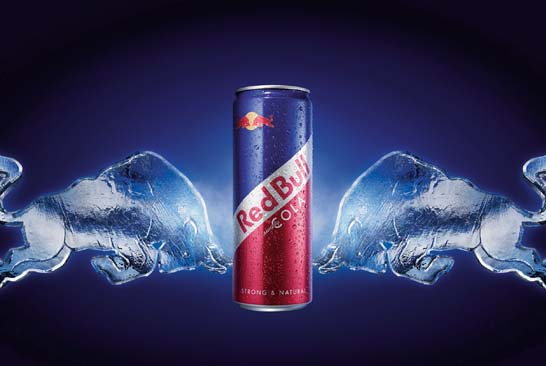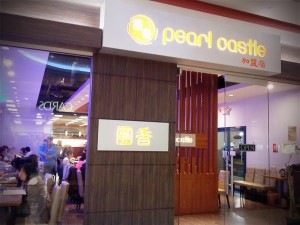Founded by brothers Marc and Craig Kielburger in 2008, the social enterprise, Me to We was established to improve communities and benefit the people around them. Me to We sells socially conscious and environmentally friendly clothes, books and music. As well, providing inspirational speakers, leadership training and transformative travel experiences. The success of Me to We is measured by the number of lives it has impacted rather than how much profit it has made. Additionally, half of its profits is donated to Free The Children.
 As learned in Class 20, both Marc and Craig Kielburger are social entrepreneurs. They recognized the variety of social problems society faces and established Me to We, partnering with Free The Children to free children from poverty and exploitation. In the past two years, Me to We has donated over $2 million to Free the Children. Besides supporting a specific target, Me to We also aids in global causes. For instance, Me to We has planted 98,000 trees to offset carbon emissions that are released into the atmosphere. Products wise, Me to We has conserved 11,000 kilograms carbon dioxide from being emitted into the atmosphere by constructing its CD cases out of 100% recycled cardboard and vegetable-based dye. As a whole, Me to We demonstrates social entrepreneurship, consisting of two social entrepreneurs with a social mission to impact the lives of differing communities through its abilities to serve a social purpose while encompassing financial stability.
As learned in Class 20, both Marc and Craig Kielburger are social entrepreneurs. They recognized the variety of social problems society faces and established Me to We, partnering with Free The Children to free children from poverty and exploitation. In the past two years, Me to We has donated over $2 million to Free the Children. Besides supporting a specific target, Me to We also aids in global causes. For instance, Me to We has planted 98,000 trees to offset carbon emissions that are released into the atmosphere. Products wise, Me to We has conserved 11,000 kilograms carbon dioxide from being emitted into the atmosphere by constructing its CD cases out of 100% recycled cardboard and vegetable-based dye. As a whole, Me to We demonstrates social entrepreneurship, consisting of two social entrepreneurs with a social mission to impact the lives of differing communities through its abilities to serve a social purpose while encompassing financial stability.








